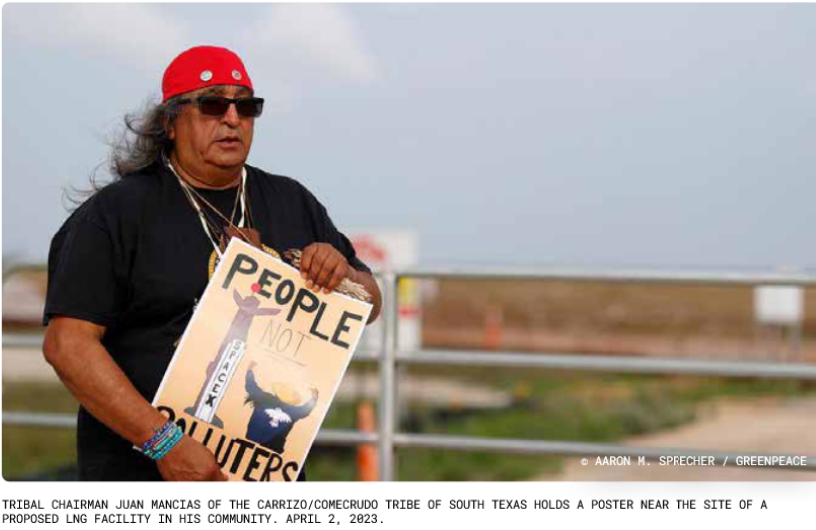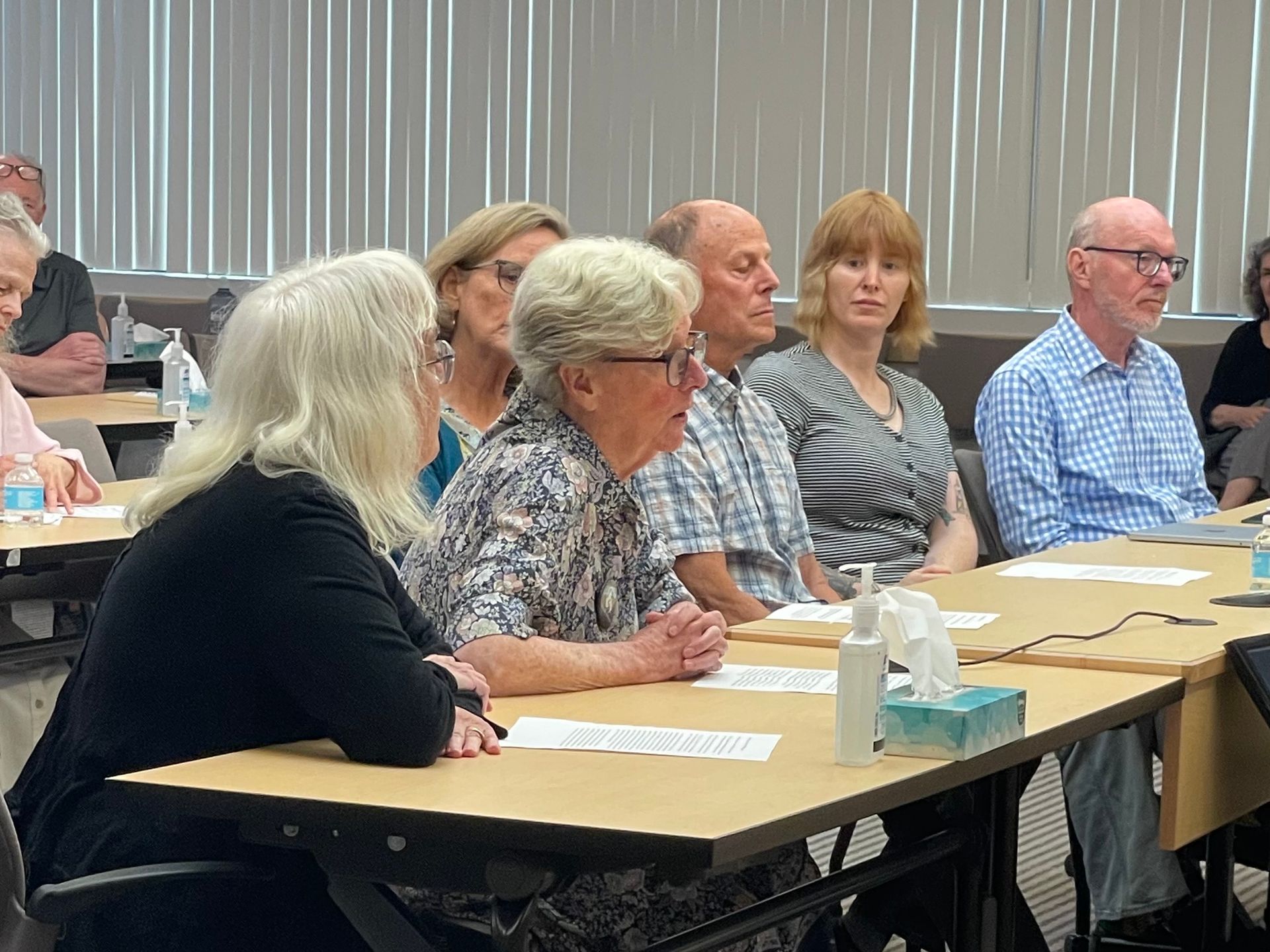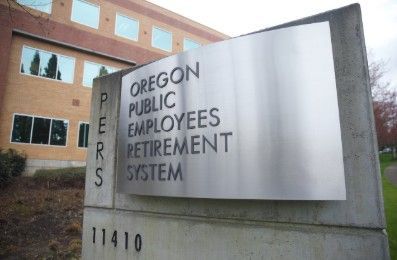November 4, 2025
Ted Siedle, self described as America's leading forensic expert investigating pension and retirement plans, has as his mission to prepare you to fight to protect the retirement benefits you were promised. You can read his Substack columns here . This is his recent column named, "Business School Students Seize Opportunity To Learn About Public Pension Mismanagement" ( published 11/3/2025 ). The following is a lecture that was given to participants in Florida Atlantic University’s Executive Education program on Saturday November 1st. Attendees were introduced to the secretive world of America’s state and local public pensions, invited to participate in an ongoing investigation of the nation’s largest state pension (California Public Employees Retirement System) and begin a lifelong course of learning about the mismanagement at these massive plans. Introduction Hello, my name is Edward Siedle and, over the past 20 years, I have conducted forensic investigations into fraud and mismanagement of well over $1 trillion in primarily retirement plans. My past investigations have exposed profound problems at the massive state pensions of Rhode Island, North Carolina, Ohio, and Minnesota, as well as cities such as Jacksonville, Nashville, Chattanooga, Longboat Key, Jupiter and Delray Beach. Other investigations of financial fraud I’ve undertaken—the findings of which have not been made public—have resulted in the largest federal whistleblower awards in history. I am currently conducting an investigation of the largest state pension in America, the $550 billion California Public Employees Retirement System—a pension which over 2 million California state workers and their families depend upon for their retirement security. The CalPERS investigation and my earlier investigations will be the subject of an upcoming documentary film—the official trailer for which should be released very soon. Today, I’m inviting those of you in the lecture hall and others listening remotely to become involved in our current half-trillion-dollar CalPERS investigation and this emerging field of pension investment forensics. I’m inviting you to become involved in our CalPERS investigation and this emerging field of pension investment forensics. I am the only person in the world—the only person—who has ever conducted forensic investigations of any of our nation’s massive state and local investment funds. And that is the problem. It is a serious problem—one I hope to begin to end today by inviting all of you who are looking for a challenge to get involved in solving. These days when I’m asked to explain what I do for a living—in terms anyone can understand—I say: “It’s like the television show CSI: Miami. Each episode of the show typically opens with the discovery of a dead body and the job of the forensic investigators is to figure out whether the death was due to natural causes or foul-play. In my work, the “death” I’m investigating is a dead, or seriously sick, pension or investment. The question is, did the investment fail—was the money lost—due to natural causes (such as an unforeseen decline in the stock markets), or was there foul-play? The wrongdoing I look for is undisclosed conflicts of interest, hidden and excessive fees or outright violations of law. More often than the public or even victims ever imagine, the damage is caused by wrongdoing– unethical Wall Street advisers who drain client accounts for their own benefit.” The wealth of the hard-working gets transferred to the wealthy, hardly-working on Wall Street. How Big Is The Problem of Investment Fraud? Forensic and fraud accounting experts estimate that the cost of fraud globally amounts to trillions annually. They’re wrong. Based upon my experience, the true figure is exponentially greater. The overwhelming majority of investment scamming is not included in global estimates because fraud experts with accounting backgrounds are not trained to identify the myriad forms of scamming and aren’t looking for it. They don’t understand Wall Street corrupt business practices—abuses which are ever-evolving. My estimate—based upon decades of experience—is that well over half of all investing involves scamming of one sort or another. In my book, How To Steal A Lot of Money—Legally, I teach readers the tricks investment scammers at the highest levels play because I believe there is great value in learning how to steal. Why? Because lying, cheating, and stealing are so commonplace in life generally, and in the world of investing especially, that they are not the exceptions. Scamming mercilessly overwhelms any so-called rules and devours those who play by them. … there is great value in learning how to steal. So, learning the “rules” without learning the even greater larcenous “exceptions” makes no sense—it’s reckless. Schools and professors who teach the “rules” alone are negligent, in my opinion and put students, at a minimum, at a competitive disadvantage, or, worse still, in harm’s way. For the student of investing, the choice is simple—either study bad behavior and be forewarned, or risk losing everything you own. Now, let’s return to the “opportunity” I’m here to present to you. America’s Public Pensions Basically, there are two types of pensions—private or corporate pensions and then there are public or government pensions. We’re going to be focusing upon public pensions. In America today, there is over $6 trillion in state and local government retirement funds securing over $7 trillion in pension liabilities. There are over 5,000 public sector retirement systems. Here in Florida alone, in addition to the $220 billion state system, there are approximately 500 local pensions and some cities run multiple plans for general workers, police and firefighters. America’s public pensions have supposedly set aside 80 cents, on average, to pay every dollar in retirement benefits they have promised. But this is only if you believe the financial statements they provide. My investigations have all concluded—in every single case I have investigated—the financials are grossly, outrageously and often glaringly wrong. For example, an investigation I concluded last year of the Minnesota state pension system revealed that the state had wildly under-reported the fees it paid to Wall Street advisers managing pension assets. Immediately following my investigation, the pension quietly—without alerting anyone as to the outrageous error—increased the amount of annual fees disclosed by 400% or over $300 million . That was a massive and, to date, unexplained, error. So, in addition to being, at a minimum, over $1 trillion underfunded and lacking financial statements that accurately reflect their assets and liabilities, there’s lots of other obvious structural problems plaguing nation’s public pension systems. America’s public pension problems are so ginormous and the solutions to these problems so simple, that earlier this year I whimsically proposed the creation of a Department of Pension Efficiency, otherwise known as DOPE. The goal of DOPE would be to restore transparency, eliminate wasteful spending, improve investment decision-making and save America $6.5 trillion over the next 30 years. The goal of DOPE would be to restore transparency, eliminate wasteful spending, improve investment decision-making and save America $6.5 trillion over the next 30 years. Let me emphasize: There is no problem facing our nation today that could be so simply fixed and provide such massive savings as our public pensions. So, let me explain why America’s state and local pensions are such a mess and why your help with forensic investigations is so desperately needed. Perhaps because I’m trained as a lawyer, in my bestselling pension book, Who Stole My Pension ? I begin with a discussion about the lack of regulation of these plans. Lack of Effective Regulation While America’s public pension plans—with tens of millions of individuals depending upon them for retirement security—collectively hold over $6 trillion in assets and heavily influence the global markets, these pensions remarkably are not protected by any comprehensive federal, or state law. Again, there is no comprehensive law. The Employee Retirement Income Security Act of 1974 (ERISA), a federal law that sets rigorous standards for most private-sector (corporate) retirement plans in the United States, does not apply to public pensions. Since public pensions are exempt from ERISA, participants in these funds lack many key federal safeguards that private-sector workers in corporate retirement plans typically enjoy. Another problem with state and local pensions in the United States is that no federal or state regulator, or law enforcement agency, actively monitors or polices these plans. State Attorneys General (AG) prosecute public pension matters only rarely — and usually only in cases of serious misconduct, clear fraud or corruption, or political scandal where public pressure demands it. Routine mismanagement, underfunding, or poor investment decisions almost never trigger prosecution, even if they cause long-term harm. Lack of Board Oversight Now, let’s talk about lack of effective board oversight. Remarkably, board members overseeing $6 trillion in the nation’s thousands of public pensions are not required to have any professional investment expertise, and most do not have investment backgrounds. The majority are elected from within public-sector employee groups and have backgrounds in labor, education, or public administration. What could possibly go wrong, you might ask? Everything and far more than you can imagine. Would you believe criminal convictions, suicides, hookers and blow. By way of example, take a peek at the California Public Employees Retirement System, America’s largest state pension we’re currently investigating. For years the pension had been considered the “gold standard” for its investment approach, its integrity and its management. How well has the nation’s “best of the best” public pension been managed over recent years? In 2016, the former chief executive of the pension was sentenced to a prison term of 4.5 years after pleading guilty to a conspiracy charge for taking more than $250,000 in cash and other bribes from his friend and former CalPERS board member Alfred Villalobos. Prosecutors said Villalobos, who killed himself weeks before he was due to stand trial, reportedly made $50 million as a middleman for investment firms looking to get a piece of the massive pension’s business. Later that same year, a former director of New York’s multibillion dollar public pension was charged with accepting crack cocaine, money for prostitutes and other lavish bribes to steer more than $2 billion in securities trades. That’s right: Hookers and blow at America’s state pensions. Add that to your “WTF” file. How Politics Influence Public Pensions Unlike corporate pensions, public pensions are political entities, not simply rational investors. While these pensions are long-term financial commitments, politicians have short-term election cycles, face pressure to deliver immediate results (e.g. cut costs or increase benefits) and lack incentive to fully fund systems long after they will be out of office. This misalignment of incentives is one of the root causes of public pension underfunding. Politicians can benefit from public pension investment decisions both directly and indirectly through political influence, patronage, campaign support, or shaping policy agendas. For example, in Florida the state’s $220 billion in pension investments are overseen by a 3-person board consisting of the Governor, Attorney General and Chief Financial Officer—none of whom have pension investment experience and all of whom may receive campaign funding from Wall Street firms seeking pension contracts. Does politics influence public pension investment decisions in Florida and across the nation? What do you think? To recap: As a result of lack of comprehensive federal oversight, severely limited board expertise and political interference, public pensions are often referred to by prominent financial journalists and academics as the “dumbest investors in the room” —easily exploited by more sophisticated, richly compensated Wall Street players. Public pensions are considered the “dumbest investors in the room” by Wall Street. What About Transparency? Thanks to the internet and state public records laws (often referred to as “Freedom of Information Act” or “FOIA” laws), participants in America’s public pensions have more immediate access to pension information more than ever. On the other hand, Wall Street investment firms have in recent years devised the most secretive investments in history—schemes designed to conceal outrageous fees, risks, unethical and even illegal practices—specifically to thwart public scrutiny. Worse still, our public pensions have loaded-up —as much as nearly 60%-- on these private investments—not subject to public scrutiny—which Wall Street promises will outperform the stock market and solve any pension underfunding woes. So, note: Two opposing forces are at work here: technology facilitating transparency versus finance industry legal machinations to thwart transparency. Remarkably, Wall Street is winning and the public is losing the transparency battle as the Information Age has evolved into the Age of Intelligence or AI. Nevertheless, virtually all state and local government pensions today have websites that disclose key information relating to the investments, such as the asset allocation, performance, investment managers and fees—i.e., information generally required under state access to public records laws. I invite you all to go to https://calpers.ca.gov for information about fund asset values, financial reports and governance documents. At first, you’ll likely be overwhelmed by what’s disclosed but over time you’ll realize much of the most important information is not. Also, wherever you eventually settle after graduating, take some time to become familiar with the website and reports of the state or local pension you’re supporting as a taxpayer. Board meetings are generally open to the public and they hate it when informed members of the public show up and ask hard questions. Go to a board meeting just to piss them off. Failure to Disclose Billions in Fees Paid to Wall Street Public pensions universally lie about how much money they pay Wall Street investment firms to manage their assets. They pay exponentially more—perhaps ten times—than they disclose. In all of my investigations, I have proven the fees public pensions disclose to the public are just the “tip of the iceberg.” Most of this failure to report is due to fee complexity related to so-called private investments, such as private equity and debt. That is, so-called alternative investments, such as hedge, private equity and credit funds impose multiple levels of hefty fees which are not fully disclosed to even to pension boards, much less participants. The problem is exacerbated by the fact: (1) Pension boards lack investment experience and, hence, don’t know how to ferret out fees; and (2) Pension boards have agreed to withhold documents related to fees from participants and the public—so no one has the opportunity to verify whether fees are fully disclosed. For example, in April 2013, I took a quick peek from the sunny beaches of South Florida at the website of the distant —nearly 1500 miles away—$7 billion Rhode Island state pension which led me to immediately conclude that the investment fees the pension was paying to Wall Street were underreported and suddenly skyrocketing. At that time, the total fees disclosed on the state pension’s website was $11 million. By September, three months after I exposed the underreporting in an article I wrote in Forbes, the fees the pension disclosed had mushroomed to $80 million and, since then, the fees have exploded to $188 million. Public Pension Poor Investment Performance So, how do public pensions which, we have observed, lack regulatory oversight, transparency, board expertise and are prone to political interference—often referred to as the “dumbest investors in the room” —perform? How good are their investment results? Over the course of my 40-year career examining thousands of pensions, I have never seen a pension openly acknowledge that its investment performance sucks. Obviously, there have to be some pension laggards but you’d never guess it from reading the glowing performance reports they provide to participants and the public. How can every pension claim to have superior investment results? They lie—or, to put it more kindly, they don’t tell the complete truth. So, whenever presented with investment performance results for a public pension, you should be suspicious. Due to the structural deficiencies we’ve already discussed, almost all public pensions will consistently perform poorly compared to an appropriate benchmark index. Underperformance is inevitable—seemingly unavoidable. Due to the structural deficiencies we’ve already discussed, almost all public pensions will consistently perform poorly compared to an appropriate benchmark index. Underperformance is inevitable—seemingly unavoidable. Thus, public pensions are always searching for ways to make their bad or mediocre performance look stellar. Pensions are assisted in this effort by Wall Street investment consulting firms which have mastered the art of investment performance chicanery. Trust me, the people running any public pension you examine will never, ever admit that they’ve done a bad job. If they did, they’d lose their jobs. Conclusion In closing, I hope this brief introduction to the world of state and local pension investing has opened your eyes to new opportunities. There’s a ton of mismanagement and fraud at these funds that’s costing pension stakeholders hundreds of billions annually. There’s a ton of work to be done here—hopefully before the next Global Financial Collapse. I’ve laid out the opportunity for you. You’ve got plenty of time to think about it—it’s not going away anytime soon. But here’s the craziest ending to this story: Fixing the problem is easy but…… it’s a problem no one wants you to fix. Wall Street, politicians and even unions benefit from the status quo. They don’t want to see these pensions better managed—the investments performing better, at lower costs. My hope is that the more smart, motivated young minds diving deep into these pensions’ operations, exposing mismanagement and raising public awareness, the greater the likelihood that change will come. Wherever you go, whatever you do professionally, don’t forget about the public pension in your backyard.











